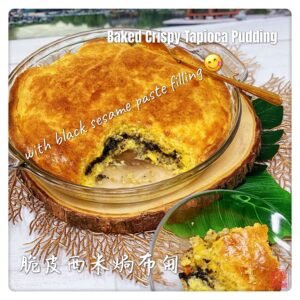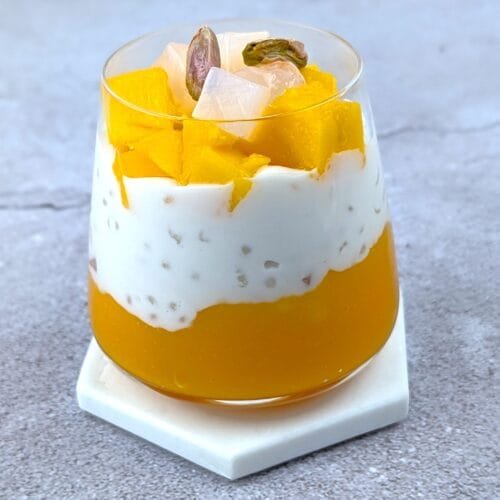Easy Colorado Peach Pie
Easy Colorado Peach Pie filling is gluten-free, with a few simple ingredients and ripe Colorado peaches. Add to the fun with cutout stars as an alternative to a lattice, especially when using a gluten-free crust like my Coconut Oil Pie Crust [https://amealinmind.com/coconut-oil-pie-crust-gluten-free-and-vegan/].
View RecipeTapioca Pudding with Persimmon Jam
The combination of tapioca and coconut milk with a topping of fruit jam or coulis is a common dish.
View RecipeTapioca Pudding with Persimmon Jam
The combination of tapioca and coconut milk with a topping of fruit jam or coulis is a common dish.
View RecipeTapioca Pudding with Persimmon Jam
The combination of tapioca and coconut milk with a topping of fruit jam or coulis is a common dish.
View RecipeEasy Colorado Peach Pie
Easy Colorado Peach Pie filling is gluten-free, with a few simple ingredients and ripe Colorado peaches. Add to the fun with cutout stars as an alternative to a lattice, especially when using a gluten-free crust like my Coconut Oil Pie Crust [https://amealinmind.com/coconut-oil-pie-crust-gluten-free-and-vegan/].
View RecipeKueh Ubi Kayu 蒸木薯糕 (Steamed Tapioca Kueh / Steamed Cassava Cake)
The Kueh Ubi Kayu or Steamed Tapioca Kueh is mildly sweet local snack full of the aromatic coconut milk flavours, steamed very soft and springy, coated with fresh grated coconut and makes a delicious afternoon snack with tea or coffee.
View RecipeBaked Crispy Tapioca Pudding 脆皮西米焗布甸
I’ve included the recipe for a simple black sesame paste but you can also use lotus seed paste, red bean paste, puréed chestnuts, taro paste, peanut butter, Kaya jam, chocolate sauce, Nutella, fruit preserves, just to name a few! No filling is also a great option! I wanted to make the crust simple with easy to find ingredients, so it’s not exactly a pineapple crust (as in the crust on the pineapple bun) but it’s very similar and it’s crispy. No crust is also an option. It’s actually how the original Hong Kong style baked tapioca pudding was made. Just finish with an egg-wash.
View RecipeTapioca Pudding with Persimmon Jam
The combination of tapioca and coconut milk with a topping of fruit jam or coulis is a common dish.
View RecipeTapioca Pudding with Persimmon Jam
The combination of tapioca and coconut milk with a topping of fruit jam or coulis is a common dish.
View RecipeMango Sago
Mango Sago is a popular dessert in many Southeast Asian countries, particularly in Hong Kong, Singapore, and the Philippines. The dessert originated from Hong Kong, where it was first introduced in the late 20th century as part of the dim sum tradition. Dim sum, a variety of small dishes traditionally served with tea, often includes both savory and sweet options, and Mango Sago quickly became a favorite.
View Recipe







